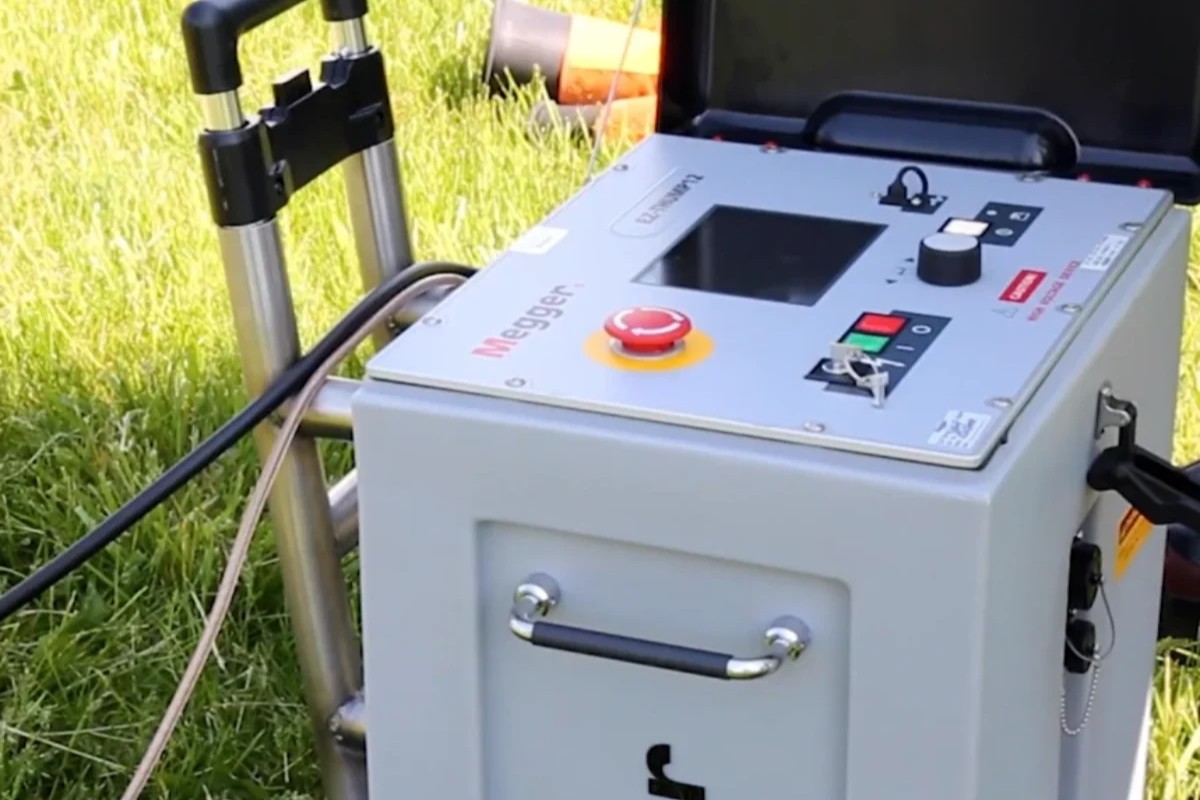
Ever wondered how technicians pinpoint issues in underground cables? Enter the cable fault locator—a device that saves time, money, and headaches. This nifty tool detects faults in electrical cables, ensuring quick repairs and minimal downtime. Whether you're dealing with power lines, telecommunications, or even home wiring, a cable fault locator is your best friend. Imagine trying to find a needle in a haystack; this device makes it as easy as pie. From advanced models with digital displays to simpler versions, there's a type for every need. Ready to learn more? Let's dive into 31 fascinating facts about this indispensable gadget!
What is a Cable Fault Locator?
A cable fault locator is a device used to detect and pinpoint faults in electrical cables. These tools are essential for maintaining and repairing electrical systems, ensuring they run smoothly and safely. Let's dive into some fascinating facts about these indispensable gadgets.
- Cable fault locators can identify breaks, shorts, and other issues in both underground and overhead cables.
- They use various methods like Time Domain Reflectometry (TDR) and bridge methods to locate faults.
- TDR sends a signal down the cable and measures the time it takes for the reflection to return, indicating the fault's location.
- Bridge methods compare the resistance of the faulty cable with a known good cable to find the fault.
- Some advanced models can even locate faults in fiber optic cables.
- These devices can save hours of manual labor by quickly identifying the fault's exact location.
- They are used in various industries, including telecommunications, power distribution, and industrial automation.
How Do Cable Fault Locators Work?
Understanding the working principles of cable fault locators can help appreciate their importance. Here's a closer look at how these devices operate.
- TDR-based locators send a pulse down the cable and measure the time it takes for the echo to return.
- The speed of the pulse and the time taken for the echo help calculate the distance to the fault.
- Bridge methods involve creating a balanced circuit and measuring the imbalance caused by the fault.
- Some locators use a combination of TDR and bridge methods for more accurate fault detection.
- Acoustic methods can also be used, where a sound wave is sent through the cable, and the fault is located by the change in sound.
- Modern locators often come with digital displays, making it easier to read and interpret the results.
- Some models are equipped with GPS to provide precise location data for underground faults.
Types of Cable Fault Locators
Different types of cable fault locators are designed for specific applications. Knowing the types can help choose the right tool for the job.
- Handheld locators are portable and easy to use, ideal for quick inspections.
- Benchtop models offer more advanced features and are used in labs and workshops.
- Multifunctional locators combine several methods, providing versatility for various fault types.
- Some locators are designed specifically for high-voltage cables, ensuring safety and accuracy.
- Fiber optic fault locators use light pulses to detect breaks and bends in fiber optic cables.
- Underground cable locators are equipped with special sensors to detect faults buried deep underground.
- Wireless locators use radio frequency signals to find faults without direct contact with the cable.
Benefits of Using Cable Fault Locators
Using a cable fault locator offers numerous advantages, making them indispensable in many fields.
- They significantly reduce the time needed to find and repair faults.
- Accurate fault location minimizes the need for extensive digging and disruption.
- They help prevent further damage by identifying faults early.
- Using these devices can improve the overall reliability of electrical systems.
- They enhance safety by quickly identifying potentially hazardous faults.
- Regular use can extend the lifespan of cables by ensuring timely repairs.
- They are cost-effective, reducing the need for extensive manual labor and guesswork.
Interesting Facts About Cable Fault Locators
Here are some intriguing tidbits about cable fault locators that you might not know.
- The first cable fault locators were developed in the early 20th century for telegraph lines.
- Modern locators can detect faults in cables several kilometers long.
- Some advanced models can even differentiate between multiple faults in the same cable.
Cable fault locators are essential tools in maintaining the integrity and safety of electrical systems. Their ability to quickly and accurately locate faults makes them invaluable in various industries.
The Final Word on Cable Fault Locators
Cable fault locators are essential tools for maintaining and repairing electrical systems. They help pinpoint issues quickly, saving time and money. From time-domain reflectometers to bridge methods, these devices come in various forms, each suited for different tasks. Understanding their functions and applications can make a significant difference in efficiency and safety.
Whether you're a professional electrician or a DIY enthusiast, knowing how to use a cable fault locator can be a game-changer. These tools not only identify faults but also help in preventive maintenance, ensuring your systems run smoothly. Investing in a good quality cable fault locator can save you from future headaches and costly repairs.
So, next time you face an electrical issue, remember the importance of a reliable cable fault locator. It’s a small investment for a big peace of mind.
Was this page helpful?
Our commitment to delivering trustworthy and engaging content is at the heart of what we do. Each fact on our site is contributed by real users like you, bringing a wealth of diverse insights and information. To ensure the highest standards of accuracy and reliability, our dedicated editors meticulously review each submission. This process guarantees that the facts we share are not only fascinating but also credible. Trust in our commitment to quality and authenticity as you explore and learn with us.
